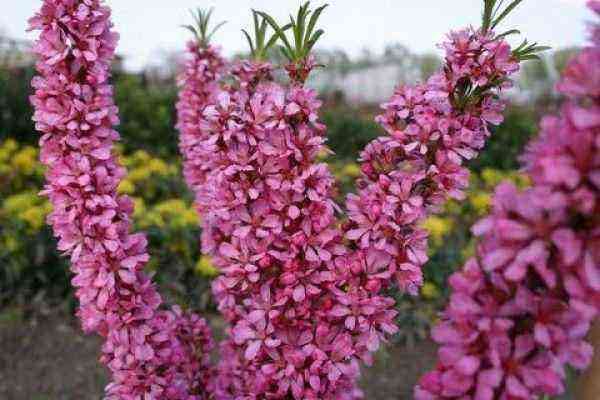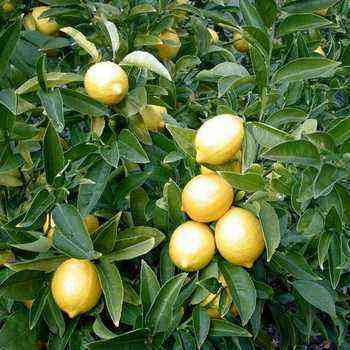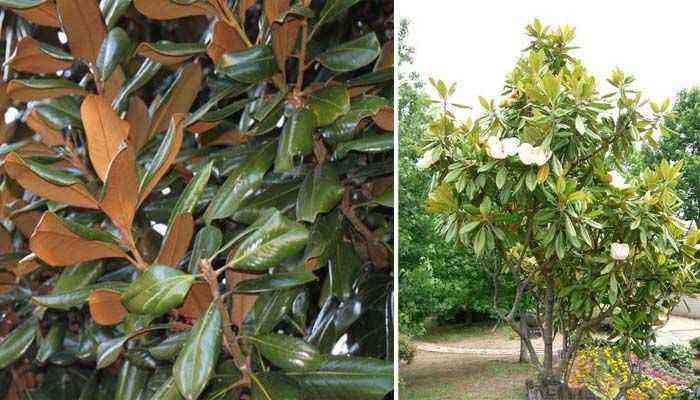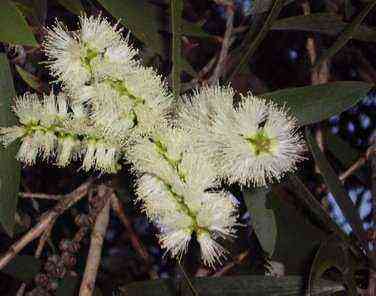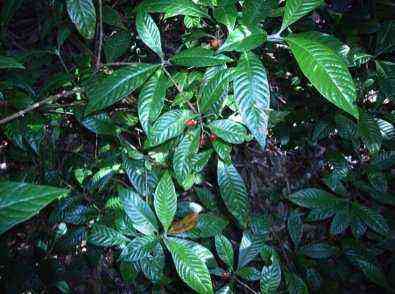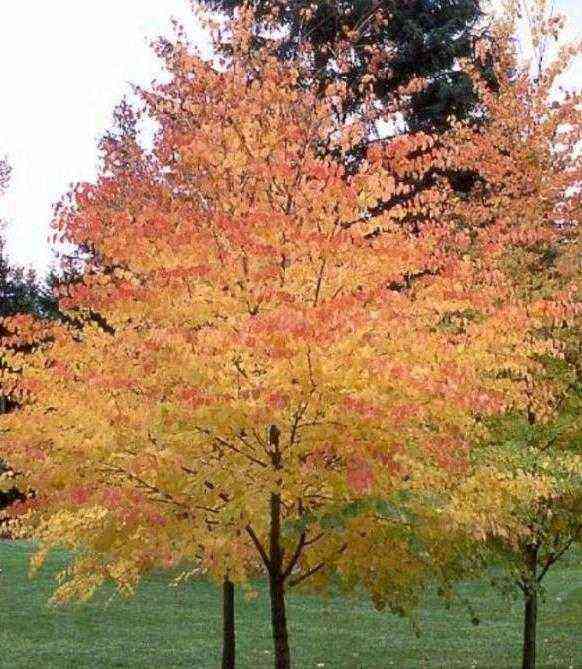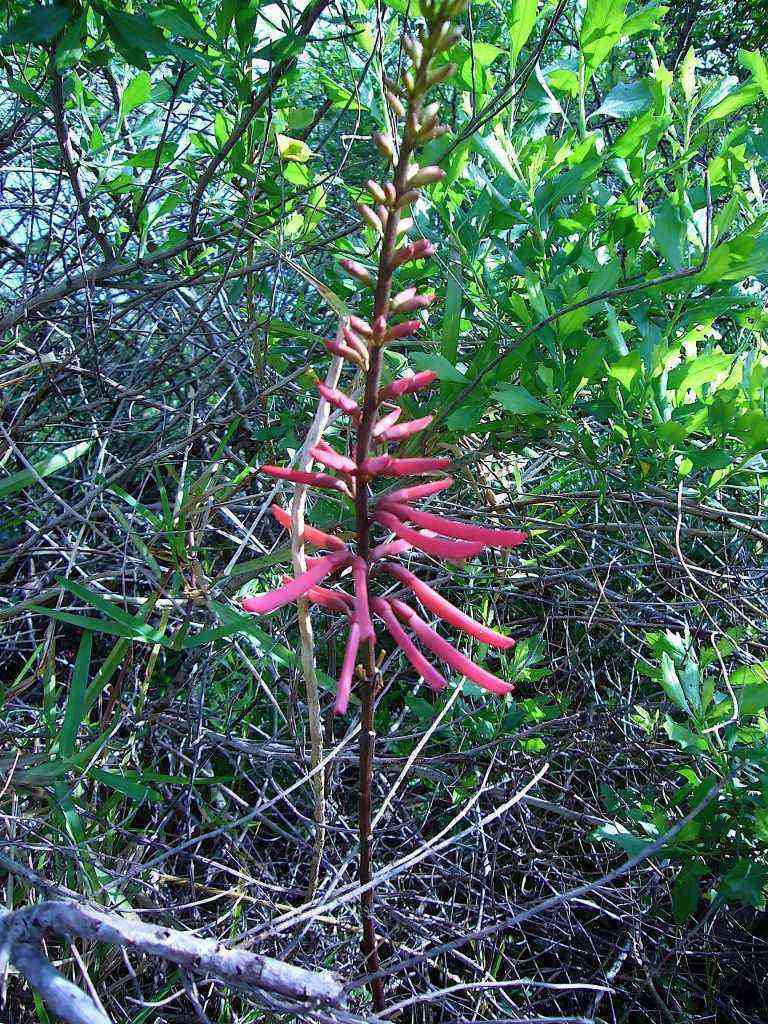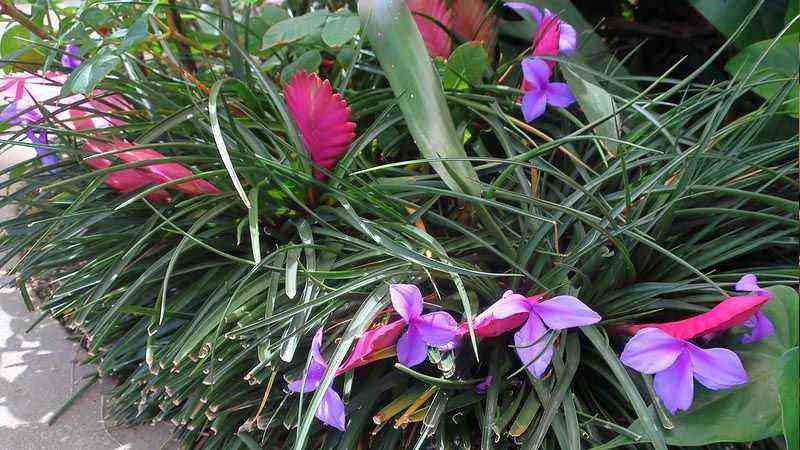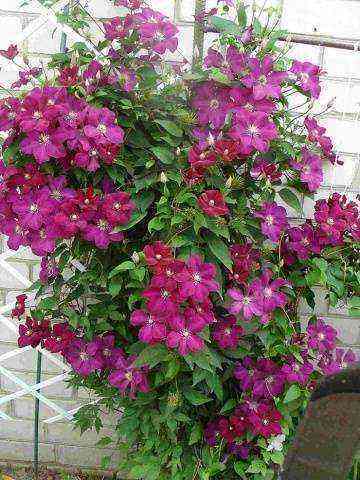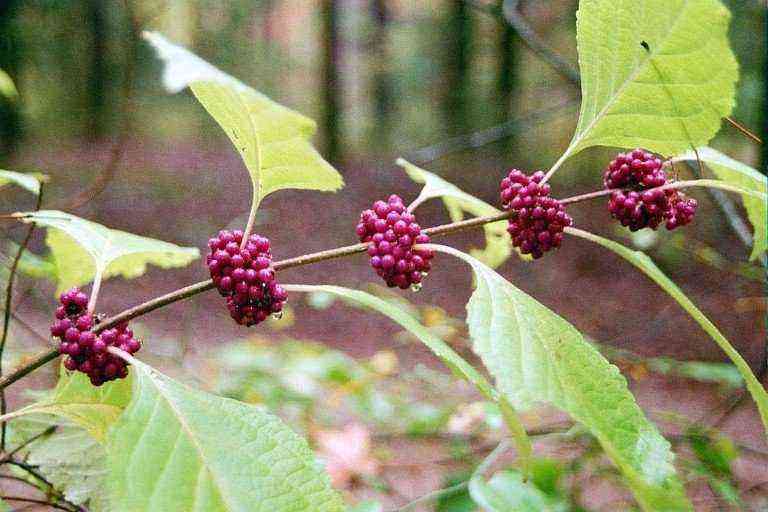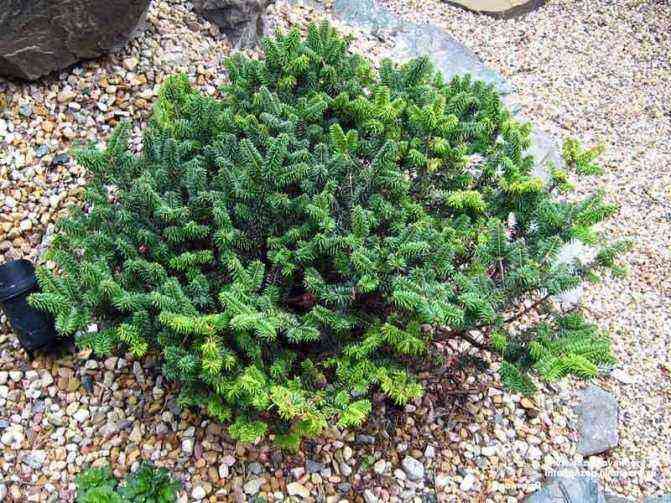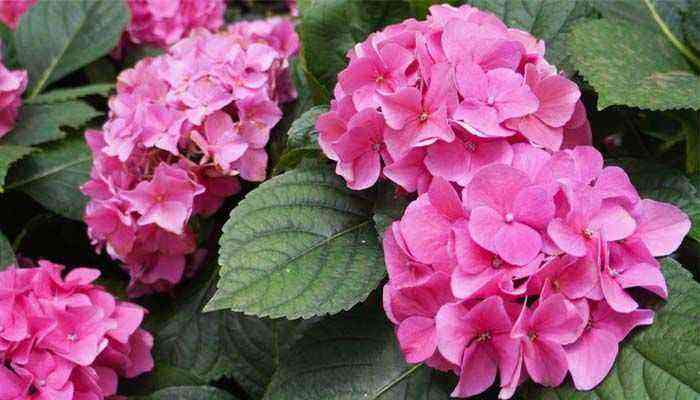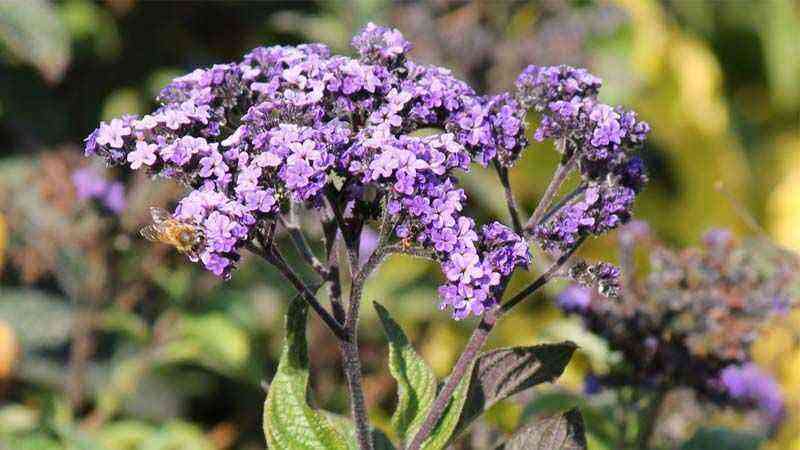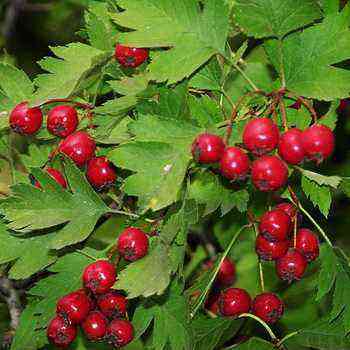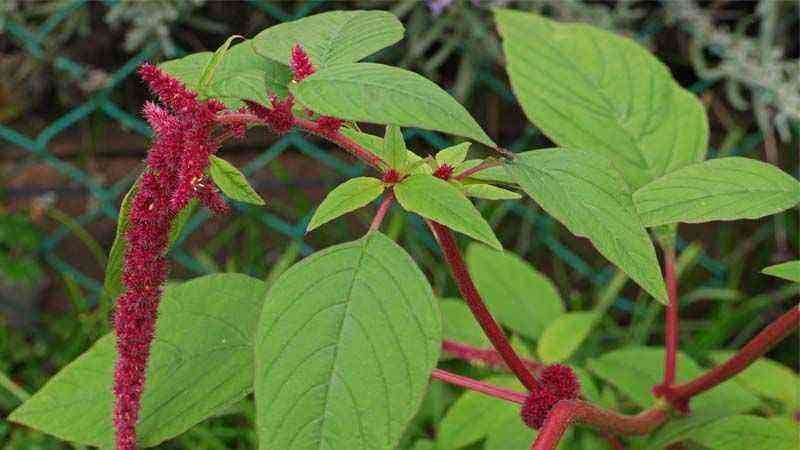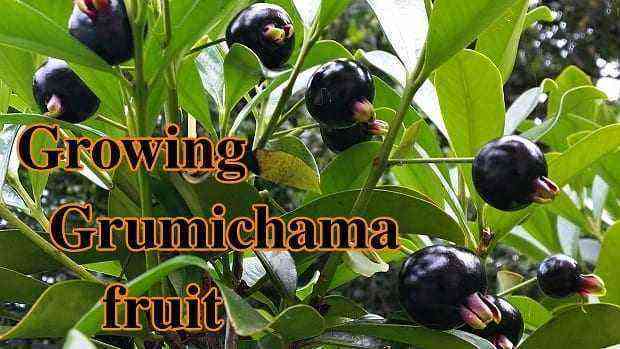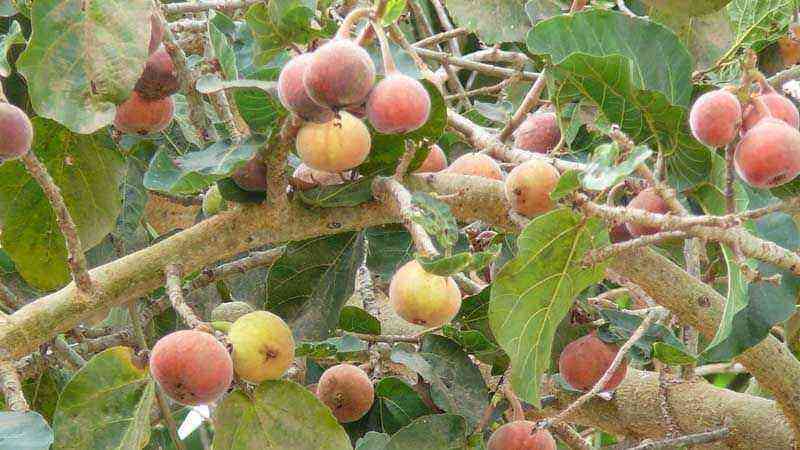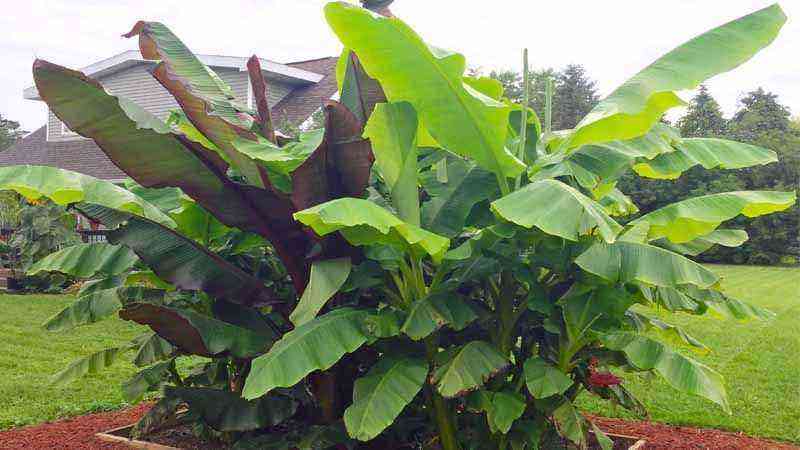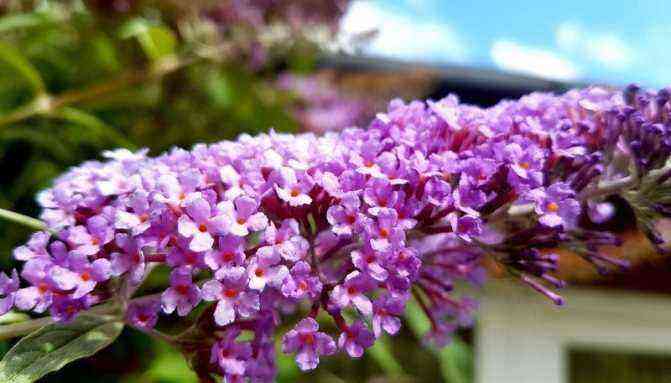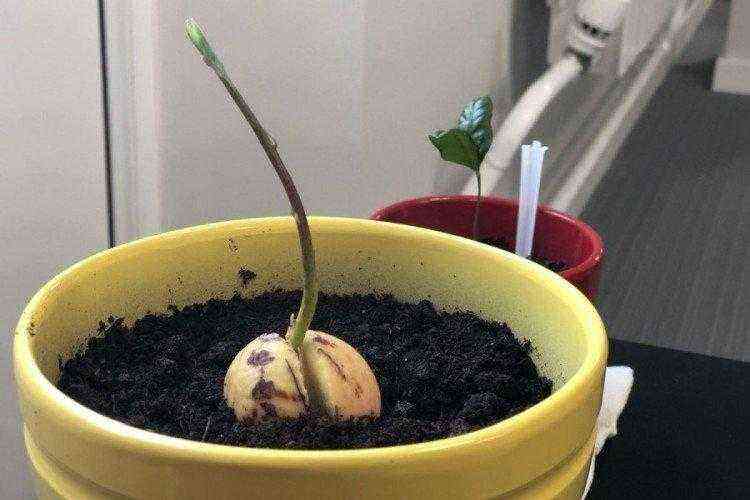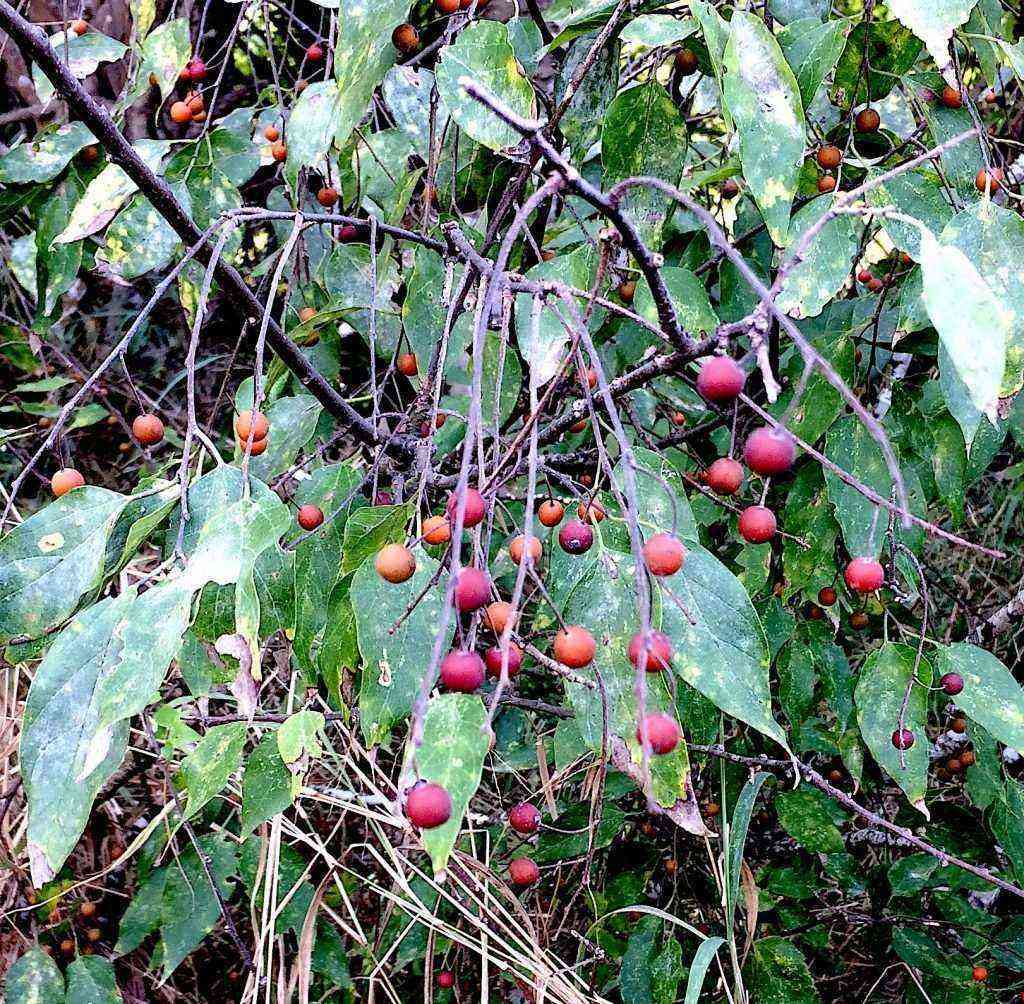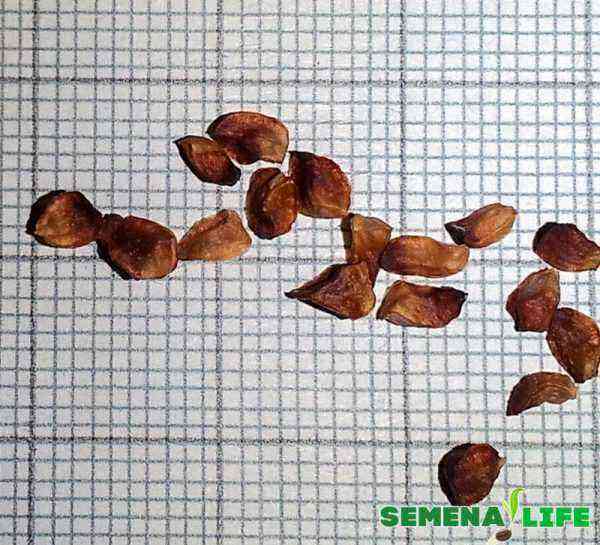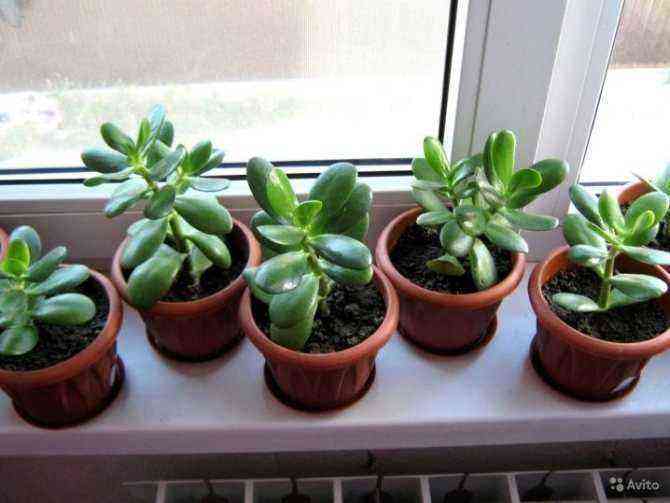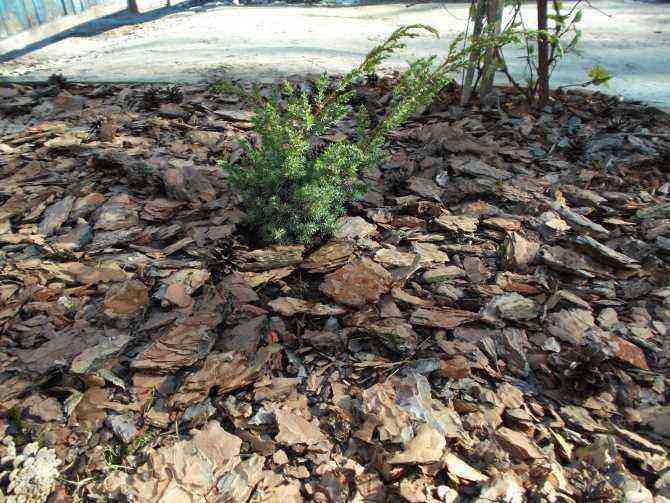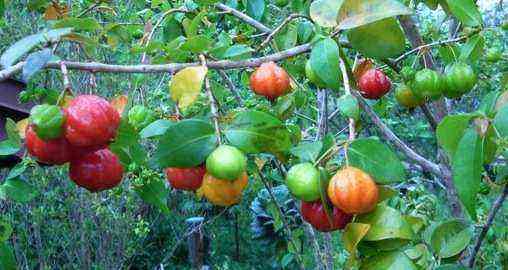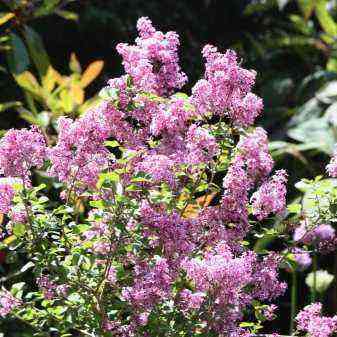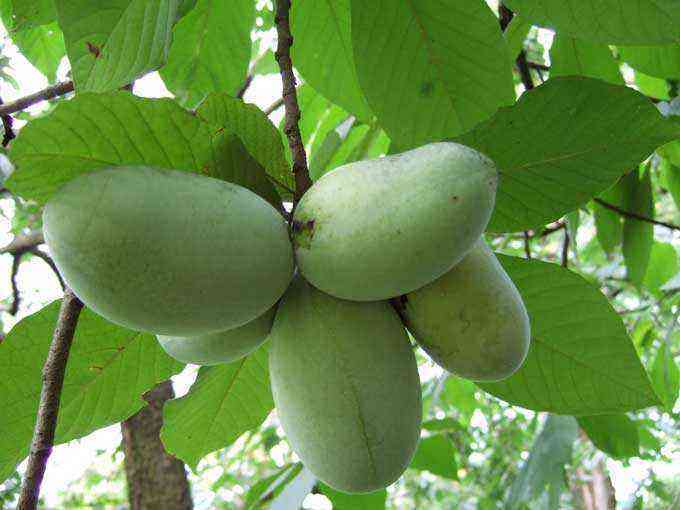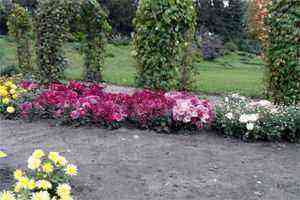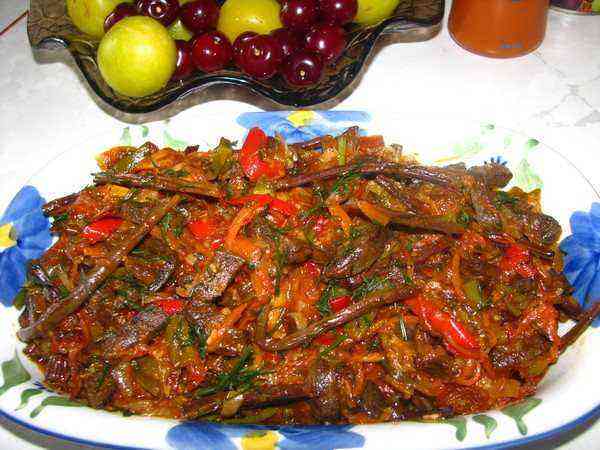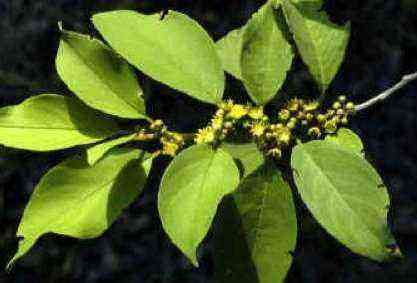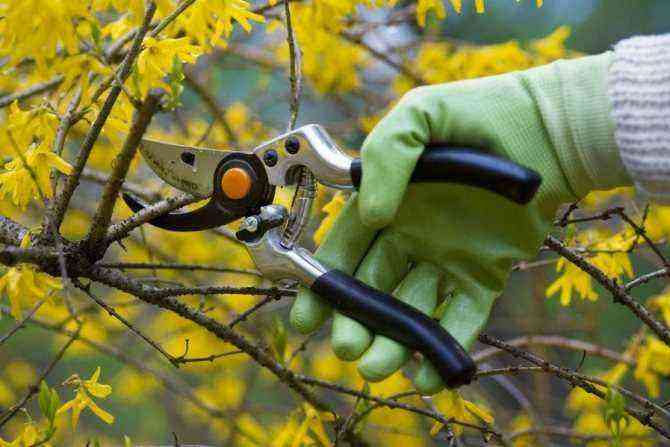Amygdalus nana (L.)
Plants Squad
Family Rosaceae – Rosaceae
Necessary security measures
Compliance with the regime of protection of the natural monument in terms of the prohibition of stone mining and plowing of the territory, as well as the regulation of grazing in places where the species grows Introduction of a clause in the forest management rules prohibiting the felling of the species. Control of the state of populations. Creation of projected natural monuments “A plot of meadow steppe on the left bank of the river. Beautiful Sword opposite s. Watchmen “and” The slope of the right bank of the river. Beautiful Sword near the village. Kytino “in the Efremovsky district. Search for new locations of the species and the organization of their protection. It is advisable to preserve the gene pool of local populations of the species in culture, including for subsequent reintroduction.
Cultivation
Landing
Low almonds are planted in late autumn after the leaves fall or in spring, when warm weather is finally established. The plant loves direct sunlight or a little shade. Bushes should not be squeezed in open drafts and in areas where it will be constantly shaded by other trees. Planting begins with preparing the ground. Despite the fact that steppe almonds are unpretentious in planting and care, they bloom brighter and more abundantly on enriched soils. 3 parts of sheet soil are mixed with one part of humus and fine sand. Then add lime (300 grams per bush). When planting several shrubs, leave a distance of 1,5 m so that they do not interfere with each other’s development.
You can avoid stagnant moisture by preparing drainage:
- dig a hole in which all the roots of the plant can fit;
- crushed stone mixed with brick fragments is laid on the bottom. The thickness of the drainage layer should be about 20 cm. Then it is covered with sand by 5 cm;
- the roots are laid out, straightened and covered with earth so that the root collar remains above the ground.
You can dig a wooden pole into the hole to support the young plant. After planting, a bucket of water is poured into the ground around the seedling. When it is completely absorbed into the soil and the soil settles a little, the seedling is tied to a support and the trunk circle is mulched with dry foliage, peat or earth. Mulch should be done carefully to avoid contact of the mulch with the root collar.
Care
Low almonds are undemanding to care for, and they are looked after like all ornamental shrubs and trees.
- Watering. It is important not to allow the soil to dry out, but excessive watering leads to root rot. A bucket of water poured under the bush once a week is enough to moisturize. After that, the soil is loosened by 5-7 cm near young growth and 8-10 near adult plants. As soon as weeds grow in the area of the trunk circle, they are pulled out. During the appearance of flowers, almonds require regular watering. From a lack of water, flowering can end prematurely.
- Top dressing. In the spring, the trunk circle is mulched with manure or mullein. Use and ammonium nitrate 20 g + urea 10 g, diluted in a bucket of raw water. In the fall, add superphosphate and potassium sulfate (20 g each).
- Pruning. Steppe almonds need sanitary and molding pruning. Sanitation is carried out before sap flow in early spring. Remove dry, broken, frostbitten, diseased shoots and branches thickening the crown. If both branches grow close and interfere with each other, remove the one that is disadvantageously located on the bush. Formative pruning is carried out after flowering. Low almonds tolerate shearing well, and removing excess shoots improves flowering for the next year. Old branches are removed 7 years after planting. They are replaced by young offspring, appearing at 3 years of age.
- Preparing for winter. Almonds are cooked low to cold weather, starting in late summer. Pinching the tops of the shoots, which accelerates lignification, will help the plant to transfer frost well. Youngsters are covered with straw or dry foliage. Adult bushes hibernate without special shelter, and if the shoots are touched by frost, the plant is restored without problems.
Reproduction

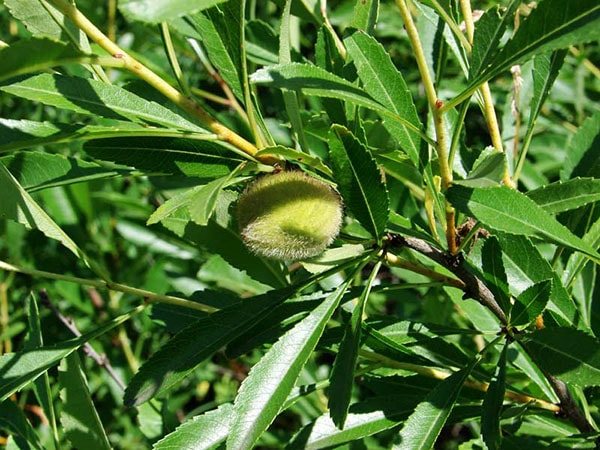
The specific steppe almond is propagated by seeds. Varietal – only by offspring, grafting and root shoots.
- Seeds. They are sown in the fall. Sowing in spring involves stratification – holding in the refrigerator for 4 months. The nuclei are thrown into 8 centimeter depressions 10-12 centimeters apart from each other. When the seeds germinate, they are watered, the soil is loosened, and weeds are removed. After taking root, varietal cuttings are grafted onto them.
- Vaccination is carried out during the sap flow in the spring. For this, rootstocks of winter-hardy species are suitable. Almonds grow well on plums, bird cherry, cherry plum. From a straight, well-formed shoot with a bud, peel the leaves and cut off a strip of bark with a thin layer of wood. The stock is wiped with a rag from contamination and cut in a T-shape with an oculated knife. The graft stalk is placed in an incision, the site of inoculation is fixed with tape or plaster. The kidney remains unclosed on the surface. After 2 weeks, if it is green, the petiole will disappear. The retainer is loosened and left until next spring. For the winter, the seedling is huddled, hiding the grafting place under the ground.
- Cuttings. To do this, at the end of June, cut off the apical not yet lignified cuttings of 15-20 cm, on which there are two nodes. Placed in a growth stimulator for 16-17 hours. Rooting takes place in a cold greenhouse. A cutting is planted in the substrate, which includes part of the sand and two parts of peat. After a month, it takes root. The survival rate of cuttings is 85%. When the roots are formed, they are transplanted for final growth on a temporary bed.
Planting a plant
Important! The shrub will not survive without sunlight, so it is imperative to plant the plant in open ground, farther from the shade.
It is also required to take into account that the branches of the shrub grow mainly in the side, therefore it is recommended to calculate the planting scheme in advance if several steppe almond plants are planned in one area. On average, there should be at least 4 meters between each bush.
What time to plant
The optimal time for planting steppe almonds will be late autumn (but before the onset of cold weather) or mid-spring, when the temperature regime is fully established, and the degrees in the soil are stable at around 12-15. Such a plant will begin to bear fruit by the fall.
Soil for planting
In order for the shrub to stand out with a brighter flowering, and to increase the yield, it is required to fertilize the soil before planting and then once a year. To do this, use:
- humus;
- animal manure;
- vegetable compost.
It is recommended to take care of creating good drainage in advance, the plant does not tolerate stagnant moisture. It is also required to disinfect the soil with ordinary lime. One shrub will require up to 300 grams.
Seedlings preparation
When planting in autumn, seedlings do not require special preparation, except for disinfecting the roots. For this, a weak solution of potassium permanganate is used. However, if the plant is planted in spring, the root system of the seedling needs to be treated with a clay mash. The procedure will preserve moisture and prevent the almonds from drying out at first.
The planting process
Steppe almonds require the creation of special planting conditions, or rather holes:
- the hole is dug out in a square, a little more than half a meter;
- drainage from rubble and sand is laid out on the bottom;
- with fertilized soil, they form a hill and drive a number of support into it;
- the roots are placed around the peaks, without bending the branches;
- all are buried with fed earth.
Steppe almonds: application
Steppe almond is a flowering ornamental plant, which is often used for landscaping gardens, squares and personal plots. It can be a real highlight of the spring garden, as its flowers bloom with the appearance of foliage at the end of April.
Steppe almonds go well with both tall, deciduous trees and small coniferous or deciduous shrubs. This plant is considered an excellent honey plant and will certainly attract bees to your garden, and it will also serve as a source of very tasty and healthy honey.
After heat treatment, steppe almond kernels can be safely eaten. They can be used to make delicious cereals, desserts and pastries.
Steppe almond: features of the name
The origin of the generic name “almond” is still a mystery. The thing is that this plant is considered native to many peoples of Eurasia, therefore, its name is explained in different ways. However, many scientists are still inclined to believe that the word “almond” came to us from the ancient Semitic language and is translated as “divine principle.”
The specific name “steppe”, almonds received due to their habitat – in nature, it is most often found in the steppes and forest-steppe.
Pests and diseases
Almond low famous for its resistance to environmental influences, as well as to diseases and pests. Under the condition of constant overflow of soil, symptoms of non-communicable diseases may appear.
This nuance is solved by an early drainage device at the planting site. In the first years of growth, young roots can eat the larvae of the May beetle, especially during their mass reproduction.
And for those who like to know more, we suggest that you read the video about Low Almond
Low almonds, bean
Low almonds, bean — Amygdalus nana L. 1753 Family Pink – Rosaceae
Category and status 2 “Vulnerable” – 2, HC. A Eurasian steppe species with a disjunctive distribution in the region, decreasing in number due to the destruction of habitats during the plowing of the steppes.
Threat category of the global population on the IUCN Red List
Not included in the IUCN Red List.
Category according to the criteria of the IUCN Red List
Regional populations are classified as Vulnerable – Vulnerable, VU A2cd; Blb (iii) c (ii); S. A. Litvinskaya.
Brief morphological characteristics
Deciduous shrub. Height – up to 1 m; branches are spread out, erect, shortened, shoots are glabrous, reddish-brown in color. Leaves are simple, on petioles, gradually narrowed, at the base of the petiole there are linear stipules;
the shape of the plates is oval, linear, the apex is pointed, the edges are serrate; on shortened twigs, the leaves are collected in bunches 2,5–6 cm long and 0,5–2,5 cm wide. Flowers are bisexual, single; hypanthium cylindrical, naked;
sepals lanceolate, up to 4 mm long, with sparse glands along the edge; petals are bright pink, rather large, irregularly obovate (up to 17 mm wide and 22 mm long).
Fruits are ovate densely pubescent dry drupes up to 2 cm long, when ripe they open with two valves, stones are compressed from the sides, broadly ovate, reticulate-furrowed from the surface, with a thick ventral suture. 2n = 16.
Distribution
General area: Europe: Middle, Eastern (Ukraine with Crimea, Moldova); Mediterranean (northeast); Caucasus (north); Central Asia (northwest); Northern Kazakhstan ..
Russia: European part (south); Western Siberia (south); North Caucasus: KK; SK farmer-online.com; CBD farmer-online.com; Dagestan [4, 5].
Krasnodar region: Western Ciscaucasia: Azov-Kuban region (Yeisk and Taman peninsula [6, 7], environs of the Bugaz estuary, Taman station .., mounds 12 km from Kropotkin town towards Temizhbekskaya station (21.V.1981) .., v. Vyshesteblievskaya (20.VII.1960, Dorovskaya),
Novomyshastovskaya (21.IX.1960, Dorovskaya), Otrado-Kubanskaya (15.VIII.1964, Dorovskaya), Nezamaevskaya (16.V.1960, Dorovskaya), x. Vnukovsky in the env. Art. Caucasian (20.IV.1960, Dorovskaya), Art. Arkhangelskaya (20.V.1960, Dorovskaya), x. Cheerful in the env. Art. Pavlovskaya (20.VII.1959, Dorovskaya), art. Starominskaya (20.VI.1961, Dorovskaya),
Pavlovskaya (20.VI.1960, Dorovskaya), Medvedovskaya (1959, Dorovskaya), Staroshcherbinovskaya (12.VII.1953, Seliverstov), Leningrad (May 24, 1953, Seliverstov), env. Krasnodar, educational farm KSHI (3.IX.1957, Seliverstova), x. Western in the Uspensky district (30.V.1959, I. Kosenko) ..);
Western Caucasus: Adagum-Pshishsky district (Shize mountains (11.VII.2005), Papay ..; Urup-Teberda district (Shirokaya gully in the vicinity of Otradnaya station (25.VII.1956, I. Kosenko ) ..); North-Western Transcaucasia: Anapa-Gelendzhik district (environs of Anapa .., Raevskaya station (9.V.1987) .., Markotkh ridge at all length, env.
pos. Verkhnebakansky, Cape Penay .., env. Tunnel station ..); Pshadsko-Dzhubgsky district (environs of the settlement of Pshada, descent to Myagkaya Shchel (5.V.1961, Kolyada, Dorovskaya) ..; Western Transcaucasia: Tuapse-Adler district (environs of the village of Adler ( 26.VI.1966, Dorovskaya) …
Features of biology, ecology and phytocenology
Summer green plant. Blossoms in April – May, simultaneously with the blooming of the leaves, bears fruit in June – July. Entomophilus (pollinated by bees), barochore, anthropochor. Propagated by seeds, rhizomes, layering. Winter-hardy. Heliophyte, mesoxerophyte, drought-resistant.
It grows better on black soil, on humus-rich, washed soils, but it also grows successfully on humus-carbonate soils. Nanophanerophyte. The type of zonation is low-mountain, it rises to the mountains up to 900 m above sea level. m. Subedificator of shrub steppes.
It grows in feather grass-fescue and forb-meadow steppes, forms thickets on forest edges, steppe slopes, along gullies, grows on strongly eroded marly slopes
.
Number and trends
On the mountain. Markoth at the beginning of May creates an aspect and reaches a high number. It was found in large numbers in the 20s on the steppe slopes of the Bugaz Estuary.
Currently, it is found singularly. Formed a forb-cereal steppe with legumes and blackthorns in the southwestern part of the Taman Peninsula … There is a widespread reduction in the number of habitats and fragmentation of the range due to the destruction of habitats during the economic development of the steppe zone.
Limiting factors
Cattle grazing, since it is a fodder plant for goats and sheep, direct destruction as an ornamental early flowering and medicinal plant, plowing of the steppes, fires, terracing of the slopes of the ridge. Markoth, resort construction, construction of a road through the ridge. Markoth.
Security measures
It was included in the first edition of the KKKK 1 – category III – “Rare species”. An extremely ornamental shrub, introduced in 1683. Protected in a number of steppe reserves …
It is necessary to prohibit the sale and provide protection in places of compact growth, in particular on the ridge. Markoth, establish a number of local protected areas (Uspensky and Otradnensky districts), monitor the state of populations, repatriate to natural habitats.
Sources of information. 1. Buzunova, 2001; 2. Dzybov, Tanfilyev, 1986; 3. Shkhagapsoev, 1986; 4. Lvov, 1986b; 5. Raji, 1981; 6. Novosad, 1992; 7. KKKK, 1994; 8. Schiffers-Rafalovich, 1928; 9. Data of the compilers; 10. KBAI; 11. A. Flerov, V. Flerov, 1926; 12. Schiffers, 1951; 13. Putilin, 1955; 14. Danilov et al., 2005. Compilers. A. P. Tilba, S. A. Litvinskaya; fig. S. A. Litvinskaya.
AOF | 31.10.2015/14/18 22:XNUMX:XNUMX PM
Back forward
How to plant
Correct fit largely determines how well the plant will take root in a new place and how successfully it will grow in the future. First you need to decide on a permanent place for the bean. Such a plant is southern in nature, it is recommended to choose an open, sunny place, on which the sun’s rays fall most of the daylight hours.
In the absence of such, it is necessary to choose a place with minimal shading. It is worth knowing that the plant does not tolerate drafts at all, so you should take care of protecting the legume from gusts of wind.
An important step is preparing the correct soil. The optimum level of acidity for the soil for almonds is considered to be 7,5 H. The soil for planting can be prepared with your own hands, knowing the correct proportions of the main components. The following composition has proven itself well per bush:
- leaf land – 3 parts;
- humus – 2 parts;
- sand – 1 part;
- lime – 300 grams.
Planting is carried out in such a way that a distance of about 1,5 meters remained between the bushes. This distance is considered normal so that the shrubs grow freely and do not interfere with each other.
After digging a hole for the bean tree, it is necessary to prepare drainage to exclude stagnation of excess moisture and decay of the roots. Each hole should be sized to fit the entire bean root system. The following can be used as drainage material:
- crushed stone;
- fragments of bricks;
- sand.
It is recommended to make a drainage layer about 20 centimeters high. A small layer of sand is poured over the drainage layer, on top of which a small layer of prepared soil is poured. Almond roots are placed in the hole and straightened, after which they are covered with a layer of soil so that the neck is above ground level.
Steppe almonds: interesting facts
The fruits of the steppe almonds are a source of a very valuable, aromatic oil, which is widely used in pharmacology and cosmetology. On its basis, cosmetics are often made to combat acne, stretch marks, cellulite and baldness. They perfectly nourish the skin, leaving it firm, fresh and hydrated. Almond oil also regenerates the upper layers of the skin, rejuvenating it.
The fruits of the steppe almonds are also used in medicine – on their basis, agents are made to combat bronchitis, urolithiasis, arthritis and arthrosis.
Bean Care
Steppe almonds do not cause much trouble in the garden. This beautiful plant deserves much attention of gardeners due to its unpretentiousness (drought-salt-gas and smoke-resistant), perfectly tolerates a haircut. Bobovnik is undemanding to the composition and fertility of the soil, it is resistant to pests and diseases. When freezing in severe winters with little snow, the plant quickly recovers.
Experts recommend pruning the legume bush immediately after flowering (the branches are shortened by a third of the length). Such pruning contributes to the formation of a large number of young lateral shoots, on which numerous flower buds are laid – a guarantee of abundant next year.
A peculiarity of almonds is a rather rapid dying off of aging shoots and their replacement with new root suckers, as a result of which the bush gradually grows. Therefore, old bare stems, which have already been replaced by young shoots, must be removed to maintain the neat appearance of the plant.
